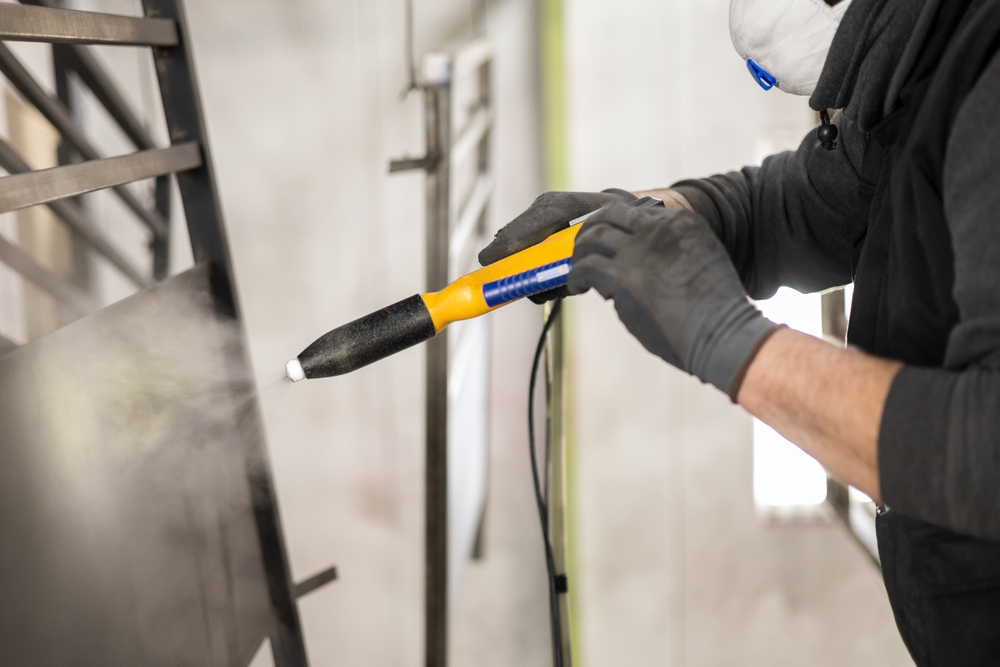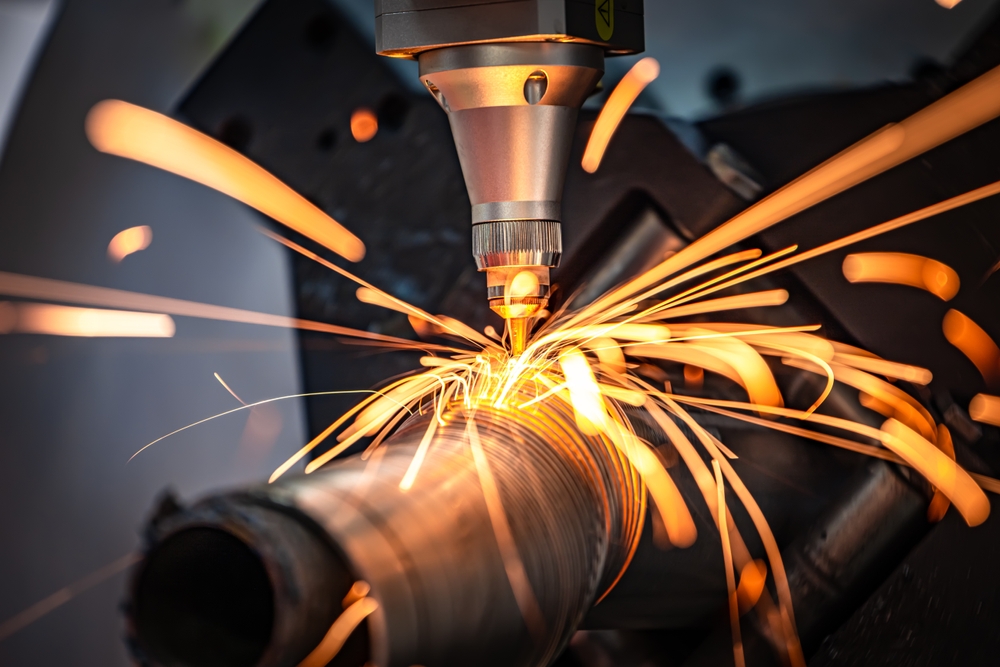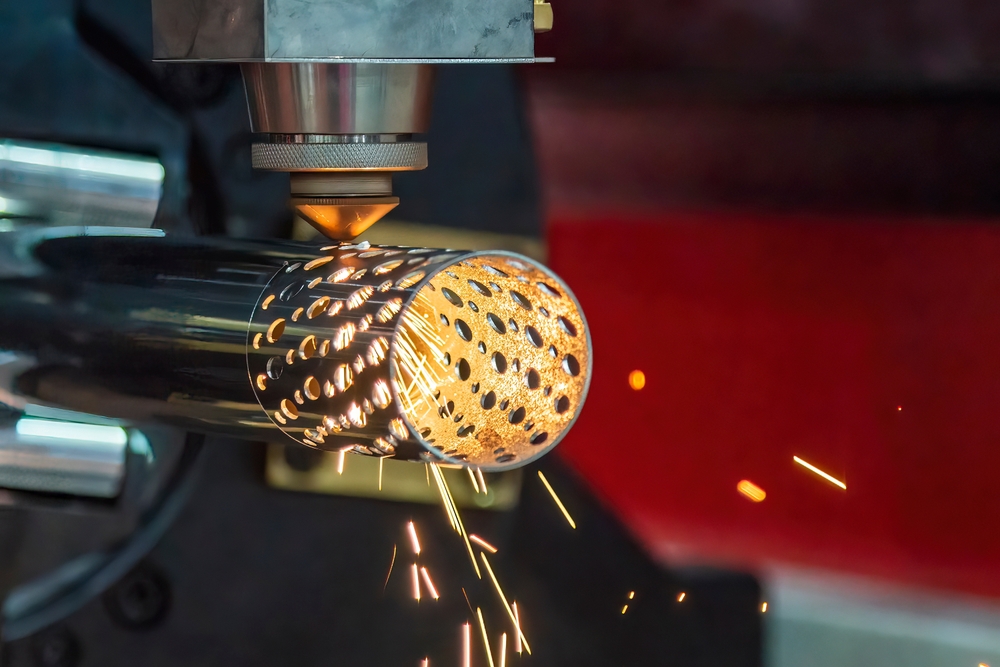Your Guide to Manufacturing Processes for Metals
Looking to find out more about the best manufacturing processes for metals? You’ve come to the right place.
Here at Salamander Fabrications, we are a sheet metal fabricator specialising in creating high-quality metal products. With over 50 years of experience, we can undoubtedly say that our manufacturing processes for metals have been tried and tested, allowing us to create metal products for a wide variety of applications nationwide.
Interested in how the whole process works?
In this guide, we’ll break down:
- How six key manufacturing processes work
- What makes metal manufacturing so important
- Common uses of metal fabrication
- How Salamander’s expertise can benefit you and your project
So, if you’re wondering how different metals are manufactured – and the processes they require – you’re in good company. We’re going to explain everything you need to know about the many different manufacturing processes for metals.
To learn more about the work we provide or to get started with your next project, get in touch with our incredible sales team on 01484 843599 today – we’d be happy to help.
Key Manufacturing Processes Explained
We are experts in performing key manufacturing processes for metals with a great deal of care. Below, we’ll explain some of the most well-adopted processes in the industry.
If you require more information, or would like to take advantage of our sheet metal fabrication services, check out the techniques we use to deliver high-quality metal products for both large and small-scale projects.
CNC Machining
Here at Salamander, we provide a comprehensive range of CNC machining services. CNC machining is a computerised manufacturing process whereby a computer or pre-programmed software is used to control the movement of a machine or production equipment. At Salamander, we have CNC drilling capabilities in-house, but can help our clients with any part of the process they need!
In sheet metal fabrication, CNC machining is a shaping process, which involves using a machine to cut away material from solid metal in order to shape it. CNC machining in metal fabrication can be performed via several shaping processes: milling, drilling, and turning.
If you want aspects of the metal to be cut very precisely, CNC machining will come in handy.
Milling Process
In the milling process, the raw material is gradually removed from the metal until the required form or design is obtained by rotating multi-point cutting tools. The rotary cutting tool either slowly feeds the metal into it, moves over the fixed metal, or rotates with respect to both the metal and the tool.
CNC machines are used to attain the desired appearance of the metal workpiece.
Drilling Process
For drilling, a rotary cutting tool known as the drill bit is used to cut a hole in the workpiece material. To make a circular hole, the drill bit rapidly rotates while pressing on the metal. It works like a drill, hence the name.
Turning Process
Finally, turning involves rotating the metal on a lathe while removing metal along the diameter using a cutting tool that cuts in a precise, linear motion. This results in a cylindrical shape and form.
To produce different shapes and designs, the cutting tool can be turned and angled in various ways – this can be done manually or with a CNC turning.
Metal Folding
Metal folding is the process of reshaping metal without causing the material to break. The process works by forcing the metal to bend at an angle. Essentially, the process requires mechanical deformation to change the shape of the metal.
To alter the metal’s form beyond its yield strength (but below its tensile strength limitations), certain machines are needed to apply a degree of shear stresses to the material.
The most popular way to conduct metal folding is via a brake press, which pinches the metal to make creases in it. In this process, the metal is pressed against a punch that moulds the sheet metal while being held between the punch and a die.
Metal folding can also be carried out using a folding machine. A metal folding machine features:
- A flat platform where flat sheet metal is securely placed
- A clamping bar to secure the metal
- A front panel that raises upward to bend the metal stretched over it
To carry out the fabrication process of metal folding manually, you could also use a hammer to hammer the metal until it bends eventually. However, this is a less precise method than using machinery or a brake press. For high-accuracy folds, we advise using a folding machine or brake press for your metal fabrication project.
Metal Cutting
Metal cutting is the manufacturing process whereby a piece of metal or material is cut into smaller pieces or components using one of the many cutting techniques. It is often the first, if not the only, process used in metal fabrication.
You can use a variety of metal cutting techniques to separate metal into smaller parts, and each one has unique advantages and drawbacks that make it ideal for various industrial applications.
At Salamander Fabrications, we specialise in laser cutting to carry out the process of metal cutting. However, metal cutting can also be performed using:
- Saw cutting (sawing)
- Shearing
- Plasma cutting
- Waterjet cutting
- And more
Cutting metal is one of the oldest metal fabrication processes, with sawing being the most traditional method. However, thanks to experts like Salamander, laser cutting is a more effective process for achieving precise cuts for a myriad of metals.
We implement laser cutting technology at Salamander to speedily and accurately cut sheet metals and create either finished components or fabricated metals for further operations. When fabricating sheet metal, laser cutting is typically the first stage of the process. It involves cutting the metal at specific places using an extremely powerful laser to produce designs and patterns.
Laser cutting works by directing a high-power, highly focused laser beam onto materials, which burns and vaporises them, resulting in a smooth and precise cut. In order to guide the focused laser beam in a precise cutting path, CNC machines and laser optics are required.
The CNC system simply needs to follow the cutting route that is laid out in the product’s designs. Depending on the material, the laser beam will either melt, burn, or vaporise the targeted area in which it is directed at, producing a finished product with a high-accuracy cut edge and a quality finish to each of the cut components.
Metal Punching
Next up on our guide to manufacturing processes for metals, we’re going to explain metal punching. This is another one of the metal fabrication processes we specialise in, with a cutting-edge metal punch at our disposal. This process functions in multiple ways and is quite similar to laser cutting – only it doesn’t use a laser to complete a job and has some other differences.
Metal punching allows you to create holes in sheet metal or other filler materials using punch presses or sheering. By pressing incredibly hard on the material while pushing it between a punch and a die, holes will be created in the sheet metal. So, in more simple terms, punching involves applying a great amount of shearing force to a metal sheet that is between a punch and die to remove material from the metal sheet and create holes.
The finished result could be either the metal piece with holes for or the removed and shaped metal fragments that have been removed from the sheet, known as the blanking. In the process of blanking, you simply punch out flat metal components from a large metal sheet. The remaining sheet metal will have holes in where the metal components were punched out. The remaining sheet could be used for fastening purposes.
This process is associated with direct metal laser sintering.
Metal Stamping
The manufacturing process of metal stamping involves creating indentations in sheet metal using a machine press or manually with a hammer. This fabrication process is quite similar to metal punching, only it creates indentations in the metal rather than holes. Stamping is ideal for creating complex shapes, letters, and detailed designs in metal sheets and panels.
Rather than fully forcing the metal through the die, the turret simply raises it, creating an indentation – and not a hole. The two types of stamping presses that can be used include:
- Hydraulic pressing
- Mechanical pressing
Metal stamping machines can punch, cast, and cut metal sheets, as well as shape them.
The metal stamping process is relatively simple, yet the finished product looks high-quality and amazing. It involves placing a rolled metal sheet in a press that has a die in the preferred shape of the part.
Using a deal of force and compression, the die is then pressed into the metal using a press. A partly completed component is taken out once a set length of time has passed.
Blanking is often required in the early stages of the metal stamping process. Metal stamping can include blanking, piercing, coining, embossing and lancing – there are various types and processes for a number of applications.
Welding
Welding is one of the later stages of the sheet metal fabrication process.
Welding is where two or more metal components are combined to form whole metal structures. So, once metal has been cut, folded, or separated into parts, welding allows you to piece them together and create metal structures.
To adjoin multiple pieces of metal, a mixture of heat and pressure is required. So, welding works by joining two pieces of metal together, applying a great amount of heat and allowing the metals to cool. Pressure is often applied along the joint where the two parts meet.
Four main types of welding
- Metal arc welding (GMAW/MIG)
- Gas tungsten arc welding (GTAW/TIG)
- Flux cored arc welding
- Stick or arc welding
Stick or arc welding is also known as shielded metal arc welding (SMAW). It makes use of an electrode stick that, when in contact with metal, generates an electric current that creates an electric arc. The metal is joined together by the arc’s high temperature gradient.
After welding, assembly is the next manufacturing process, followed by powder coating and finishing.
Why Is Metal Manufacturing Important?
Metal manufacturing is the practice of manipulating different metals to produce something new – we’ve explained many of the processes of metal manufacturing in this guide. It is one of the most versatile production processes on the market today.
Metal fabrication is important for a number of reasons – and without it, we wouldn’t have some of the many everyday applications we use today. From supplying the metal framework and beams for the buildings where we work, live, and socialise to creating household items like washing machines and fridges, most of the items we use on a daily basis would not exist without metal manufacturing, – at least not in their current form.
Metal manufacturing has played a huge part in the development of our society and many of the things within it, and it will continue to do so, regardless of what techniques and machines are used.
Working with Salamander Fabrications for Custom Laser Cutting Services
At Salamander Fabrications, we have a highly-skilled and experienced team of professional sheet metal fabricators who can carry out a complete range of sheet metal manufacturing processes for customers across the UK.
As one of the most trusted credible companies in the sheet metal fabrication sector, you can rest assured that our metal products are created with the highest quality standards, using the most proven and effective fabrication methods available.
Whether we’re working on large-scale manufacturing with molten metal, batch production works, or tailored, technical projects, we are professionals in combining quality with cost-effective production techniques for our customers. We are aware of how powerful steel, aluminium, and other sheet metals can be in producing reliable and consistent products.
To find out more about Salamander Fabrications and how our expert team can help with sheet metal fabrications for your project, don’t hesitate to get in touch today.


